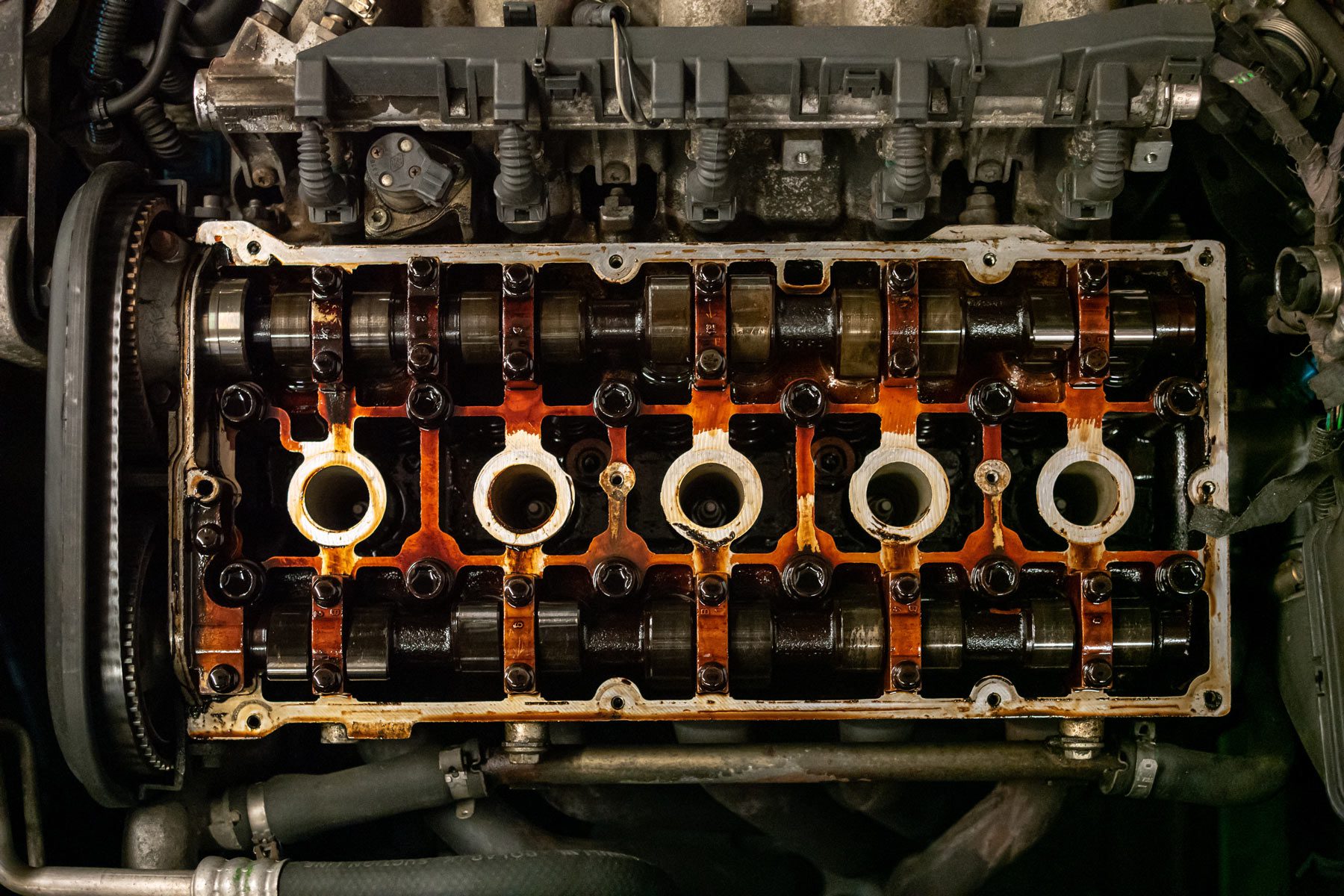Where to Discover the very best Opel Corsa Engine for Replacement
Where to Discover the very best Opel Corsa Engine for Replacement
Blog Article
Exploring the Inner Workings of a Compact Lorry's Engine System
As motorists, we typically take for given the complex procedures that occur within the boundaries of our car's engine system. In this exploration of a portable automobile's engine system, we will certainly unravel the internal operations of this mechanical harmony, shedding light on the enigmas that drive us onward on our day-to-day trips.
Burning Process Overview
The combustion process in a compact car's engine system is a crucial mechanism that efficiently converts gas into power to power the vehicle. This procedure happens within the burning chamber of the engine, where gas and air mix, spark, and generate controlled surges. The burning procedure includes 4 major phases: consumption, compression, exhaust, and power.
Throughout the intake stage, the piston relocates downward, drawing in a mix of air and fuel right into the combustion chamber. This descending movement generates the power needed to drive the vehicle. This cyclic burning procedure is fundamental to the operation of a portable automobile's engine system, ensuring effective power conversion for propulsion.
Piston and Cylinder Interaction

The piston's accurate fit within the cyndrical tube is important for preserving ideal compression and avoiding energy loss during burning. Tight clearances between the piston and cylinder wall surfaces guarantee effective sealing, permitting the piston to relocate smoothly without enabling gases to leak past. Correct lubrication is also important to reduce friction and wear in between these components, boosting long life and performance.
In addition, the style and materials used in manufacturing the piston and cyndrical tube effect engine performance and toughness. Modern engines usually utilize lightweight yet durable materials like aluminum alloys for pistons and cylinder linings to lower inertia and boost thermal efficiency. Overall, the unified interaction in between the piston and cyndrical tube is fundamental to the engine's performance and total performance.
Fuel Shot System Capability
Gas shot systems in small automobile engines play a crucial function in specifically supplying fuel to the combustion chamber for effective and regulated ignition. The fuel injection system operates by injecting fuel into more information the burning chamber at the optimum moment during the engine's procedure (opel corsa engine). This specific timing ensures that the fuel mixes equally with the air for proper combustion, bring about boosted fuel effectiveness and minimized emissions
There are mostly two kinds of gas shot systems utilized in portable automobile engines: port gas injection (PFI) and direct fuel shot (DFI) PFI systems infuse gas into the consumption port prior to the check over here intake valve, while DFI systems infuse gas directly into the burning chamber. Both systems have their benefits, with DFI providing much better fuel atomization and PFI supplying a much more economical service.
Comprehending Engine Air Conditioning Devices
Efficient operation of a portable car's engine relies greatly on the performance of its cooling systems. The cooling system in a compact automobile usually is composed of a number of elements working with each other to manage the engine temperature level. Understanding these engine cooling devices is essential for maintaining the efficiency and longevity of a compact car's engine system.

Exhaust System Components Explained
The optimum functioning of a portable vehicle's engine air conditioning mechanisms depends upon a complementary system referred to as the exhaust system, which comprises different essential elements for making certain efficient exhausts and engine performance. The exhaust system consists of components such as the exhaust manifold, anchor catalytic converter, muffler, and tailpipe. The exhaust manifold collects exhaust gases from the engine's cylinders and courses them to the catalytic converter. The catalytic converter then converts hazardous pollutants in the exhaust right into less harmful emissions before launching them through the muffler and tailpipe.
One crucial component of the exhaust system is the oxygen sensing unit, which keeps track of the oxygen degrees in the exhaust gases to aid regulate fuel consumption and ensure optimum engine efficiency. opel corsa engine. Additionally, the resonator might exist in some exhaust systems to lower sound degrees. On the whole, the exhaust system plays an important duty in keeping engine performance, minimizing damaging discharges, and guaranteeing a quieter driving experience for small automobile owners

Final Thought
Finally, the small automobile's engine system is a complicated combination of parts that collaborate to help with the burning procedure, convert gas into power, and expel waste gases. Comprehending the inner functions of the engine system, consisting of the piston and cyndrical tube communication, fuel shot system, engine cooling systems, and exhaust system elements, is critical for maintaining optimal efficiency and performance of the vehicle.
The burning procedure in a portable car's engine system is an essential mechanism that successfully transforms fuel into energy to power the lorry.Fuel injection systems in portable automobile engines play a critical role in specifically providing gas to the combustion chamber for efficient and regulated ignition.There are largely two types of gas injection systems made use of in compact automobile engines: port fuel injection (PFI) and direct gas injection (DFI) Understanding these engine cooling mechanisms is vital for keeping the efficiency and durability of a small vehicle's engine system.
The optimum functioning of a portable lorry's engine cooling devices depends on a complementary system understood as the exhaust system, which comprises different crucial elements for making certain efficient exhausts and engine performance.
Report this page